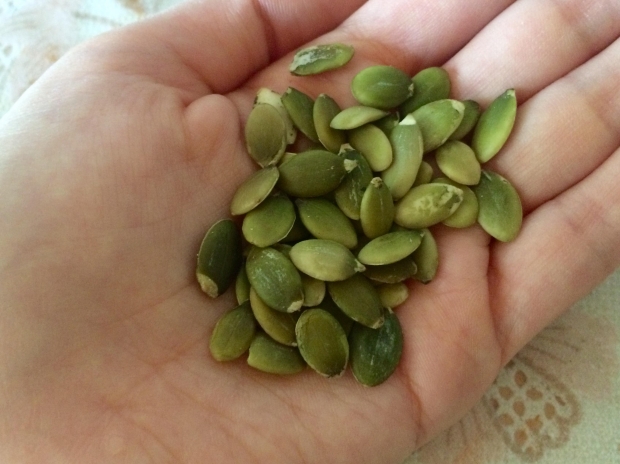 Loading... Please wait...
Loading... Please wait...Save Money. Grow Your Own!
Fast Plain Box Shipping.
We ship to the US & Canada.
Grow Your Own!
Step by Step Gyuide to Growing Livestock Feed in Hydroponics
Posted on 27th Jun 2016
If you've only grown “people food” with hydroponics, you may be looking to branch out into other stranger and more esoteric aspects of the hydro world. How about trying out a crop that's food for livestock, something like alfalfa or barley, oats or rye?
This process may be a little different than you’re accustomed to, but it's not extremely difficult to grow these types of plants in hydroponics setups. Here's a quick step-by-step guide to the process.
Seeds
Before starting the seeds, growers recommend soaking seeds for the better part of a day. Make sure seeds are submerged in the water for this initial step.

Place Seeds Into Trays
One of the easiest ways to grow this kind of livestock feed is to use a simple tray table system. You can put foam or some other material in the bottom of the tray and put the plant seeds on top, while making that they are damp, but not too wet, so the seeds don't start to mold. You want to have your nutrients mixed into the solution water.
Hide Away Your Plants
In the initial phase, plants want to be in the dark. Find a dark, dry location and get your tray table away from light. You want to keep checking on plants until they've sprouted to become about half an inch tall.
Move Toward the Light
When the seeds have sprouted and the plants are about half an inch tall, you want to put them into the light. If you're not using natural light, you want to use artificial grow lights that can give plants what they need to achieve photosynthesis well. For instance, metal halide and high pressure sodium bulbs tend to have the right types of light spectrum to produce good results. You may want to keep lights on as much as 18 hours a day, in order to give plants the light that they need, according to your crop.
Water Plants
This is one of the trickier steps - typically the water will be in a hydroponic reservoir and introduced to plants at certain times. You don't want plants to be too wet, because again, they will rot or mildew. You don't want them to be too dry, because they won't get the water and nutrients that they need.
One of the simplest ways is to simply water the tray several times a day, but this really lacks a precise control mechanism. Other growers use specific types of pumps and equipment to get water where it needs to be for a short time. For instance, you may have heard of a “flood and drain” system, where water floods up to reach plant roots and then drains away to the dry them. This has the type of control that you need to avoid mold conditions.
An alternate type of system is called a deep water culture system – here, plant roots sit in water all of the time. This isn’t really great for this type of plant, because of their size – in many cases, they would benefit more from a system where they only get access to water at certain times.
Harvesting
When plants are about 8 inches tall, they're ready for harvest. These plants will be dense and packed together in the tray. The livestock can eat the entire pack of plants together, much like they would eat grass or some other crop as it’s grown in the field.

Obviously, it takes a lot of square footage to provide these animals with the food that they need. It might not seem like the most practical use of hydroponics. But it is possible, with the right engineering, to produce more than you could have on a given plot or acreage. By stacking tray tables, you can fit a lot of these small plants into a small space.
The other disclaimer here is about how you manage resources. Lots of people get into hydroponics because they want to move away from livestock production, and toward more of a menu that includes fresh leafy greens, and other natural plants. By taking hydroponics and feeding livestock, you're going back to that resource-heavy equation, where there's a high carbon footprint for your steak or hamburger or whatever. However, think of it this way -- if you're a small family farm where you are cultivating small groups of livestock for annual slaughter, a hydroponic system for livestock feed might be entirely appropriate. It all depends on how you want to use the innovative power of hydroponics to your advantage.
